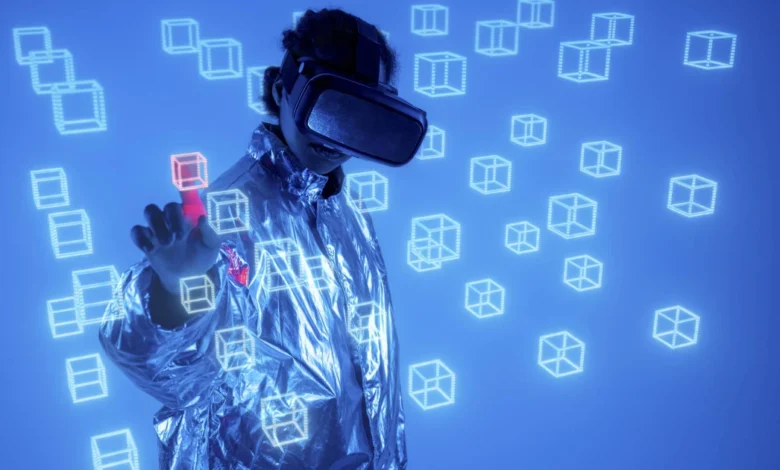The Anatomy of a Metaverse: Key Stages in its Creation

Virtual worlds promise to revolutionize how we work, socialize, and play. But the creation of such ecosystems is a significant undertaking, requiring expertise across various technological and creative domains. Understanding the key stages involved is crucial for anyone looking forward to getting into the market.
A well-defined concept
This initial stage involves a deep dive into the purpose and vision of the virtual world. What unique value will it offer? Who is the intended user base? What kind of experiences will it facilitate? This phase also encompasses crucial strategic planning, including defining the technological architecture, establishing a realistic budget, and setting a clear development timeline.
Team selection
The technological backbone of a metaverse is paramount to its functionality and scalability. This involves carefully selecting the appropriate technology stack, which might include blockchain for decentralized economies, powerful rendering engines for realistic graphics, and versatile programming languages for developing interactive experiences. The choice of platform also plays a critical role, influencing factors like interoperability and the potential for future growth. Engaging with a seasoned metaverse development company can provide invaluable guidance in navigating these crucial technological decisions.
User experience
A well-designed UI ensures seamless navigation and interaction within the virtual environment, while effective UX design focuses on creating engaging and immersive experiences for users. From customizable avatars to fluid transitions between virtual spaces, the user experience is central to the success of any metaverse.
3D modeling
This stage involves the creation of a vast array of digital assets, including realistic virtual environments, customizable avatars, interactive objects, and engaging scenarios. This process often involves skilled 3D modelers, animators, and sound designers.
Hey, if you’re someone who loves cute and cool designs, especially anything with Kuromi, you’ve got to check this out. I recently came across a site that’s full of awesome Kuromi wallpaper options — and honestly, they’re perfect for anyone who wants to give their phone or desktop a fun, fresh vibe. You can take a look here: KuromiWallpaper.com. Whether you’re into cute, aesthetic, or even edgy styles, there’s something there for every mood. Definitely worth a scroll!
Integrations
These might include social interaction tools, robust e-commerce capabilities, engaging gaming mechanics, platforms for virtual events, and more. The specific features implemented will depend on the overarching goals of the metaverse. Ensuring these features work together harmoniously is crucial for a cohesive and immersive user experience.
Testing and audit
This involves identifying and resolving any bugs, performance issues, or security vulnerabilities. Various types of testing, including functionality, usability, and security testing, are essential to ensure a stable and reliable platform that provides a positive user experience from day one.
Public launch
Once testing is complete and the metaverse is deemed ready, the deployment and launch phase begins. This involves setting up the necessary server infrastructure and making the platform accessible to the intended audience. Effective marketing and communication strategies are crucial during this stage to generate initial excitement and attract early adopters.
Post-launch evolution
Continuous maintenance, regular updates, and the introduction of new content and features are essential for keeping the metaverse fresh, engaging, and relevant. Adapting to user feedback and leveraging new technological advancements will ensure the long-term success and evolution of the virtual world.
Building a thriving metaverse is a complex and iterative process, but by understanding these key stages, creators can approach this exciting endeavor with a clear roadmap.




